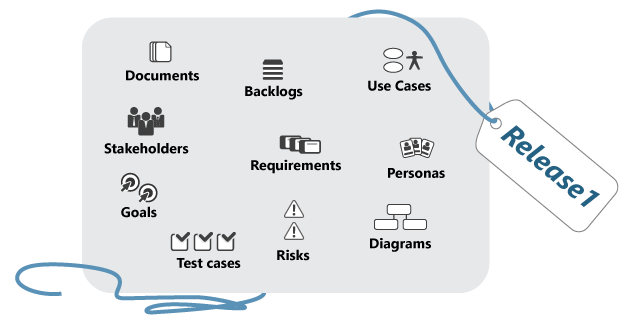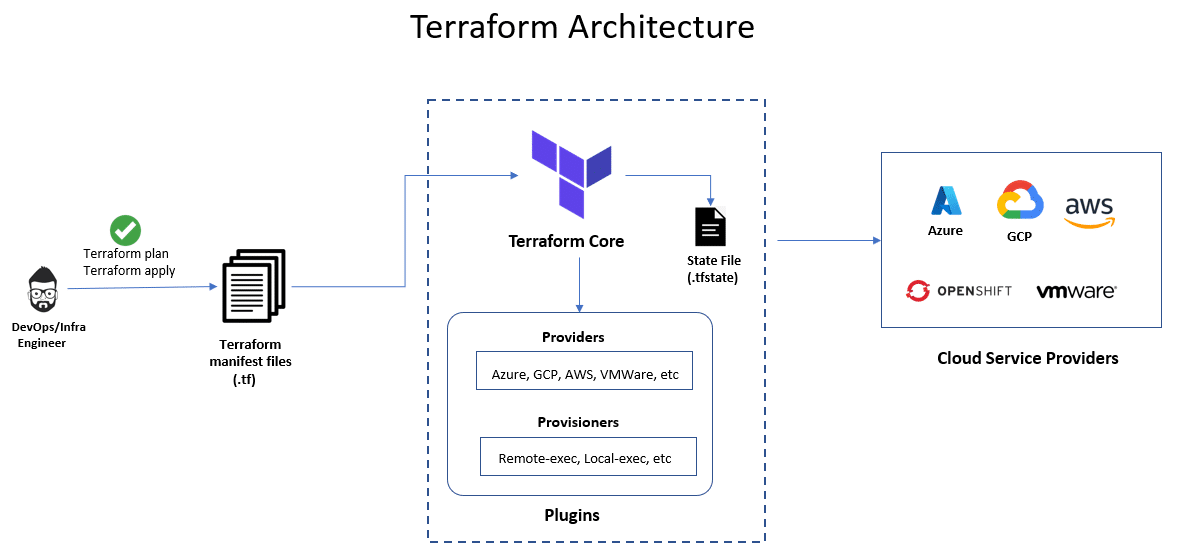Title: Day 54: Understanding Infrastructure as Code and Configuration Management
 ANSAR SHAIK
ANSAR SHAIK
In the realm of DevOps, two key concepts play a significant role in automating and managing infrastructure: Infrastructure as Code (IaC) and Configuration Management. Let's delve into understanding these concepts and exploring their differences.
What is the Difference Between Infrastructure as Code and Configuration Management?
Infrastructure as Code (IaC):
Infrastructure as Code (IaC) is a practice of managing and provisioning computing infrastructure through machine-readable definition files, rather than physical hardware configuration or interactive configuration tools. In simple terms, IaC allows you to define your infrastructure setup using code, enabling automation, consistency, and scalability.
Configuration Management:
Configuration Management involves the process of managing changes to software, hardware, firmware, documentation, and other components of an IT system in a systematic approach. It ensures that the current design and operation of a system are known, controlled, and maintained throughout the system lifecycle. Configuration Management focuses more on the state of individual servers or systems and how they should be configured and managed.

Understanding IaC and Configuration Management Tools:
Infrastructure as Code Tools:
Terraform: Terraform is a widely adopted IaC tool by HashiCorp. It allows you to define infrastructure using a declarative configuration language and then creates, updates, and deletes resources to match the desired state.

AWS CloudFormation: AWS CloudFormation is a native AWS service that enables you to model and provision AWS infrastructure resources using YAML or JSON templates. It provides a simple way to create and manage a collection of related AWS resources.
Configuration Management Tools:
Ansible: Ansible is a powerful automation tool that automates cloud provisioning, configuration management, application deployment, and intra-service orchestration. It uses simple YAML syntax called "playbooks" to describe automation jobs.
Chef: Chef is a configuration management tool that automates the process of configuring and maintaining servers. It uses a domain-specific language (DSL) to describe system configuration and a client-server architecture for communication.
Differences Between IaC and Configuration Management:
Focus:
IaC primarily focuses on defining and provisioning infrastructure resources in a cloud-agnostic manner.
Configuration Management primarily focuses on configuring and managing the state of individual servers or systems.
Approach:
IaC follows a declarative approach where you define the desired end state of the infrastructure.
Configuration Management often follows an imperative approach where you specify the exact steps to achieve the desired configuration.
Scope:
IaC manages the entire lifecycle of infrastructure resources, including provisioning, configuration, and even destruction.
Configuration Management typically deals with the configuration and management of software and services running on servers.
In conclusion, while both Infrastructure as Code and Configuration Management aim to automate and manage infrastructure, they have different scopes, focuses, and approaches. Understanding these concepts and utilizing appropriate tools can greatly enhance the efficiency and reliability of your DevOps practices.
Stay tuned for more insights and hands-on experiences as we continue our journey through the 90DaysOfDevOps challenge!
Subscribe to my newsletter
Read articles from ANSAR SHAIK directly inside your inbox. Subscribe to the newsletter, and don't miss out.
Written by

ANSAR SHAIK
ANSAR SHAIK
AWS DevOps Engineer